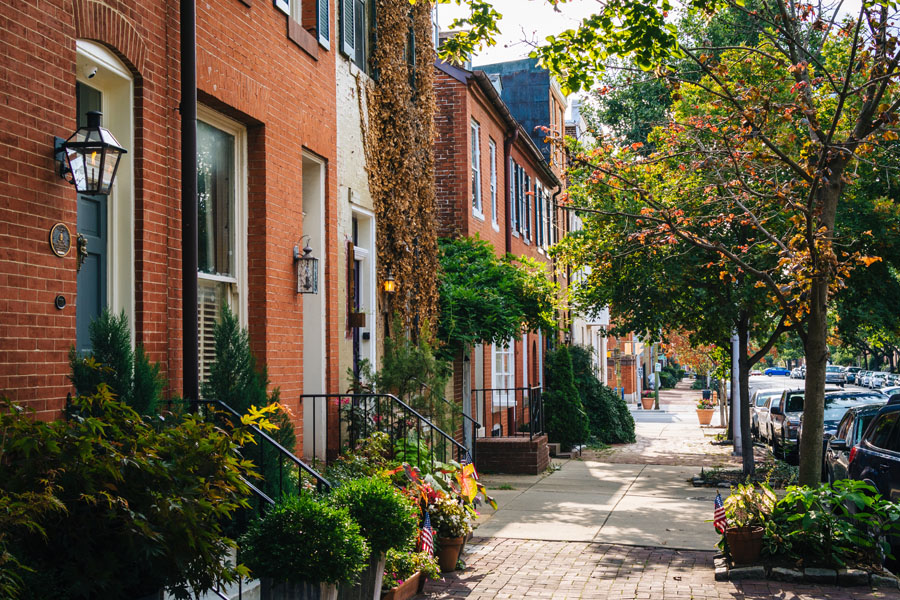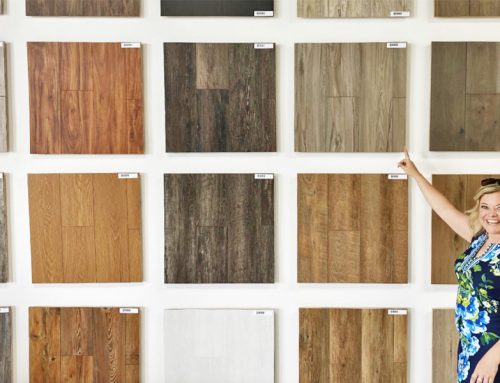There are few things that capture the soul of the city of Baltimore more than its historical row houses.
For over 200 years these statuesque and iconic builds have stood the test of time. They continue to represent the diversity, prosperity and reliance of the city and the people that call them home.
But what makes them so unique and how did they come into being?
In the early 1700’s the city of Baltimore was mainly comprised of large land grant estates – holdovers from the original English colonization. As the years passed these grants were sold, subdivided and parceled out. At the same time, immigrants began to populate the city. Looking for jobs and opportunities to find their fortune, hungry new arrivals needed somewhere to live, and quickly – hence the start of the Baltimore row house craze. With railroads, factories and shipyards springing up almost overnight workers needed homes that were practical, cheap and close to their place of employ. Neighborhoods formed around racial and cultural lines and the city grew.
When it came to financing these builds, Baltimore came up with an interesting system, called ground rent, which made home ownership possible for many. The idea of ground rent originated from England, when the oldest son of a noble class family inherited his father’s land, they could not, by law, sell the property. Instead, the estate earned income from tenant farmers to whom the landlord rented. As cities grew larger, landowners realized they could make more money by renting the land under the homes instead of building them. Today, this arcane system is still in place. Ground rents earned land owners a reliable 6% on their investment and the low annual payments are easily affordable for homeowners.=
While there are many different types of row houses, there is clear stylistic difference across the city. They can generally be divided into five main types: Federal, Artistic, Italianate, Daylight and Postwar.
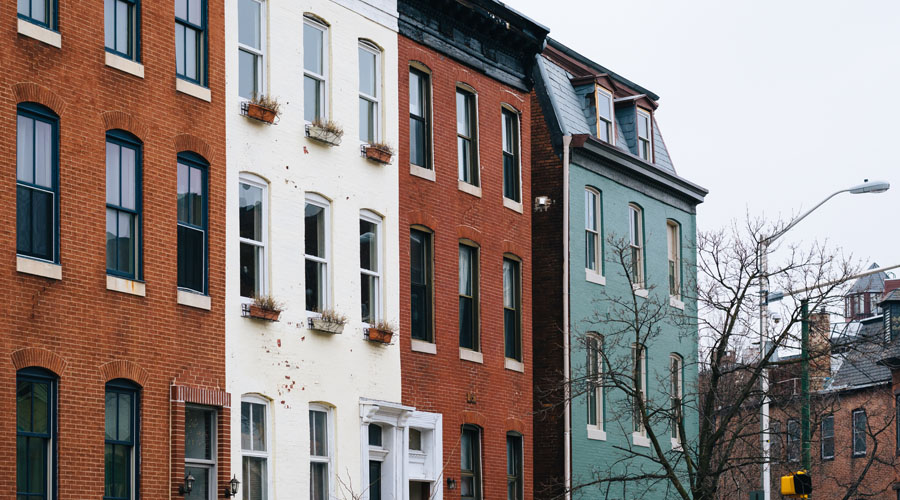
Federal Homes
Prosperous Baltimore residents favored some of the oldest row houses, which were built in the Federal Style. Echoing the look of large, fine mansions, federal row houses are tall, brick and stately. They are typically located front-facing on a main street with pitched roof and the quintessential two and a half stories.
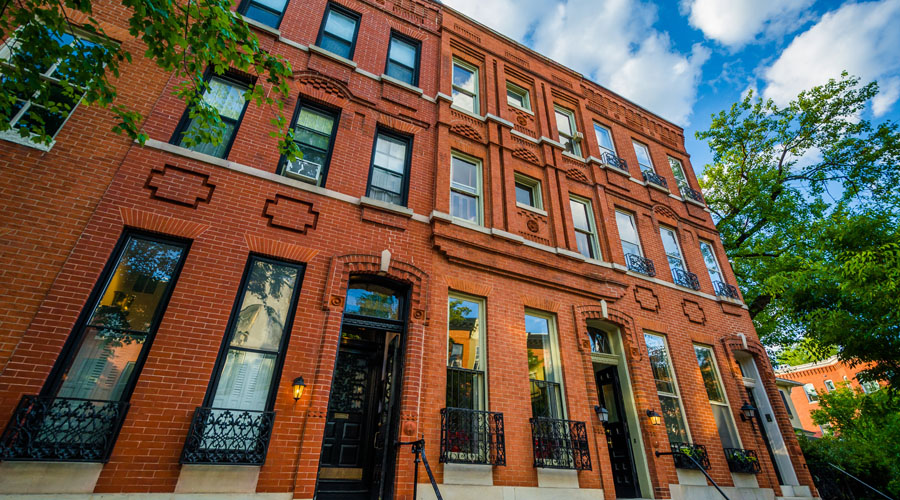
Italianate Homes
More ornate that the reserved Federal style, Italianate row houses appear more connected, without the clear separation between homes. They are slightly more decorated with cast iron accents and the distinctive top cornice and a bit younger than their federal cousins. They are the most common row house in Baltimore and almost always have three stories.
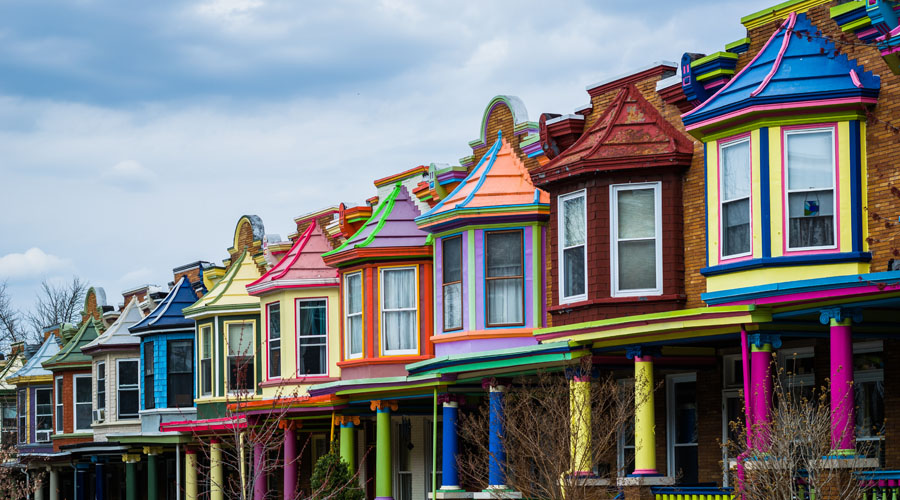
Artistic Homes
The artistic style is, as the name would suggest, more focused on aesthetics than either the Federal or Italianate homes. Starting in the late 1870s and continuing on for the next thirty years, the Artistic style is made of brick, with decorative porches, bay windows, cupolas and attractive bow fronts. They can be found all around the city, but distinctive styles vary by neighborhood.
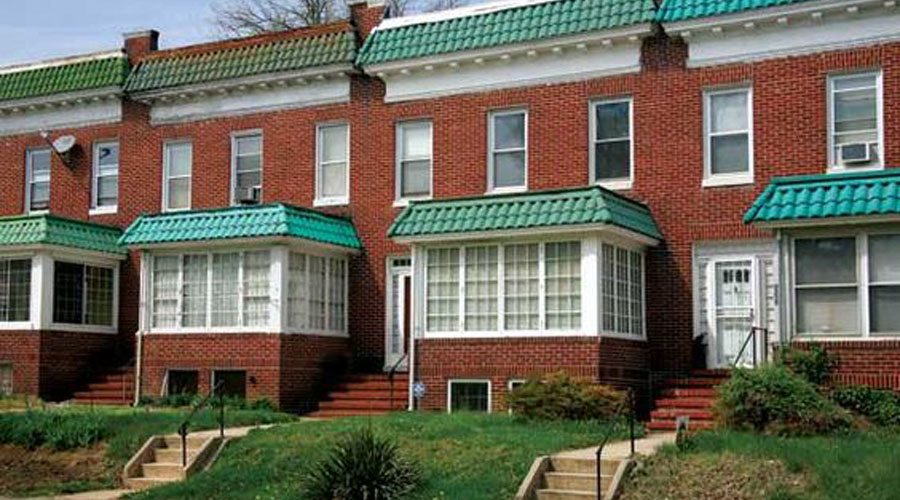
Daylight Home
Packed in as they are, row houses were not known for letting in natural light. Daylight homes sought to combat this with additional window and large, airy front porches. Wider than most row houses, Daylight models nearly doubled the width of each home with houses growing from 10 feet across to nearly 21 feet. Glassed in sunrooms, indoor plumbing and radiators truly made these properties one of a kind.
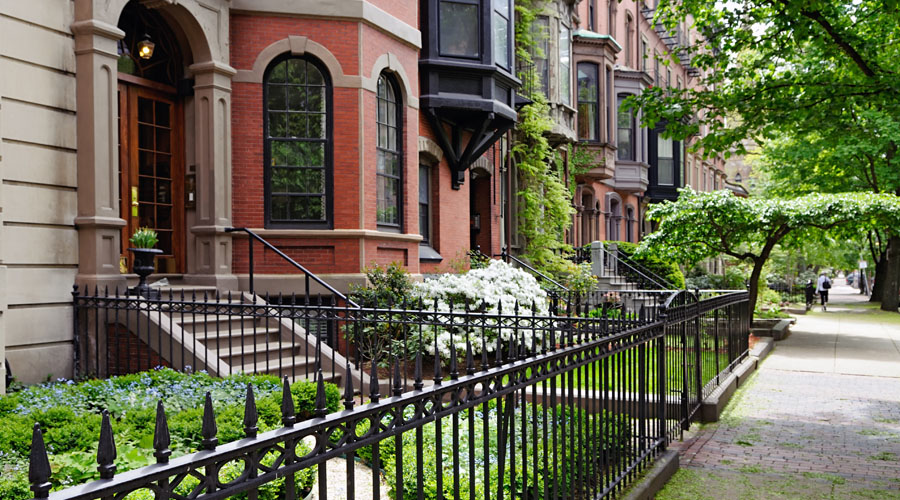
Post-War Home
Similar to the Daylight row houses, Post War models relied on a shallower and more light-filled front building. They employed large porches for gathering and driveways for the increasing amount of family vehicles. They also began including yards! The post war home was the final precursor to the free standing house, and the beginning of the end of the row house boom.
Baltimore Row Houses
These days, Baltimore’s row houses have become desirable properties for new families and young professionals. Real estate values have continued to rise and grow especially for homes near the water. Baltimore has experienced another urban renaissance with increased interest and development opportunities. No matter what the years may bring, these historical properties have stood the test of time and will continue to bring interest and tourism to the city for years to come.


